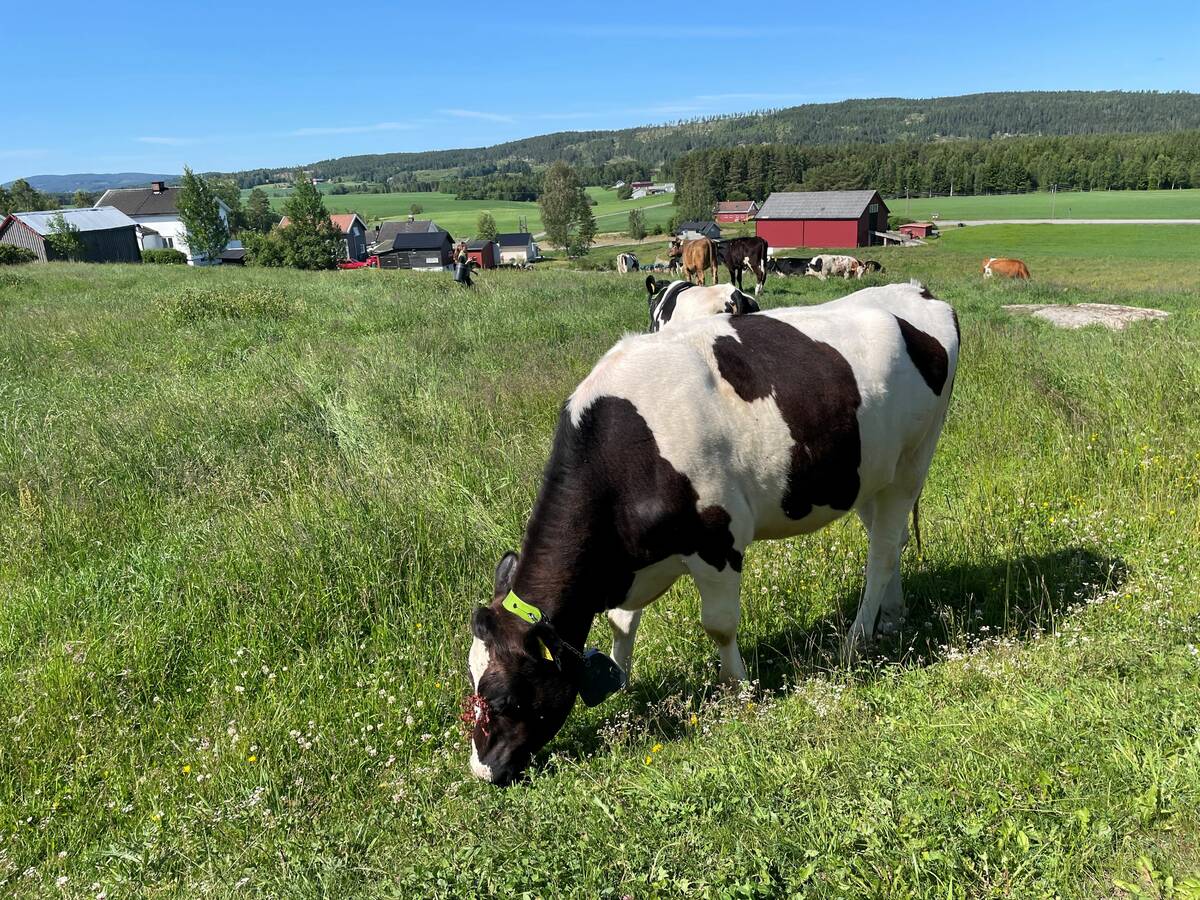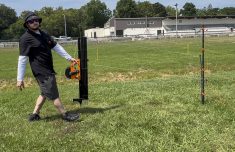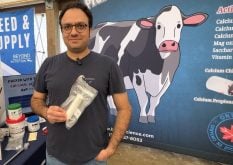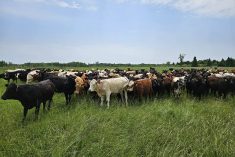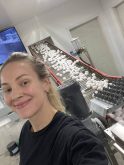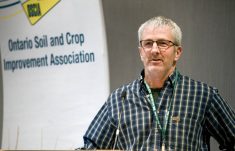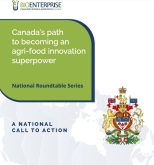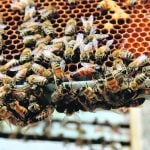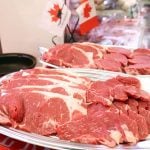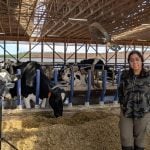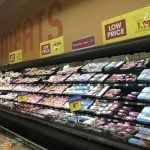Canada and Norway might be half a world apart, but when it comes to the challenges and opportunities of livestock grazing, the two countries have a lot in common.
Both are home to vast areas of rugged or marginal land that can’t be cropped — but where cattle and other grazing livestock can thrive.
Why it matters: Grazing marginal land can help maintain biodiversity, contribute to carbon sequestration, reduce fire risks, and turn otherwise unused land into productive pasture.
Read Also
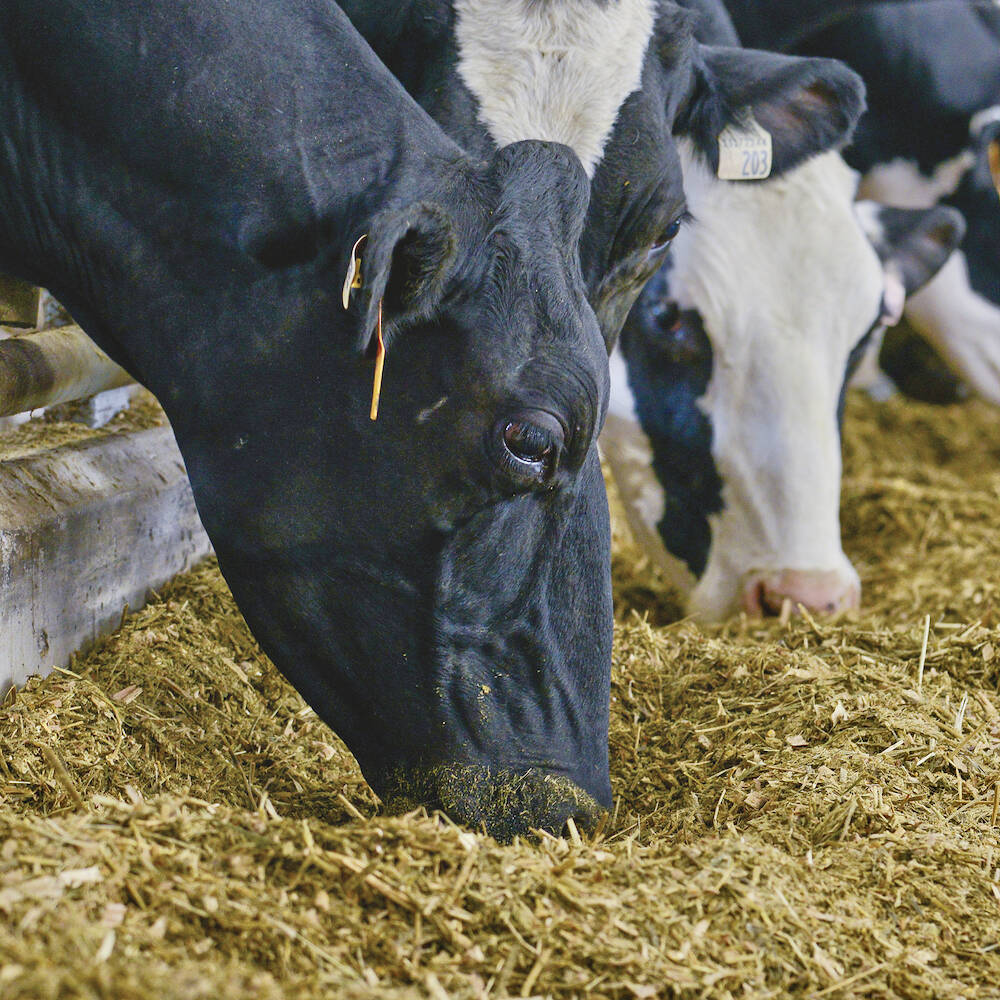
Byproducts with benefits for dairy cows
Local food processors can be a source of financially advantageous byproducts for dairy cows, but make sure the ration is properly balanced.
The challenge is that building traditional fencing systems on such terrain is expensive, time-consuming, and often simply not possible.
That’s why Norway — a mountainous country with only three per cent arable land – has emerged as a leader in developing virtual fencing technology, which replaces physical fences with GPS-enabled collars to keep livestock contained to specific areas.
Two different Norwegian systems, Monil and Nofence, are showing how this new approach could make low-labour grazing on hard-to-fence land feasible for farmers.
At Dyster Gård, a diversified livestock and crops farm about 35 kilometres south of Oslo, owner Johan Bjørneby crosses purebred Limousins with Wagyu and other genetics for greater marbling and meat tenderness.
Managing intensive rotational grazing is central to his farm, and Monil virtual fencing has been a game-changer, he said.
“We save a lot of time using Monil. It was a big job to change fences nearly every day in our intensive grazing system. And it was also a big job if the cows went through the fences. Now everything is much easier,” noted Bjørneby on a visit to his farm earlier this year.
Monil collars use GPS to enforce virtual boundaries drawn in an app, which can be moved anytime through a smart phone. When a cow nears the invisible fence line, the collar emits a sound that grows louder and higher in pitch.
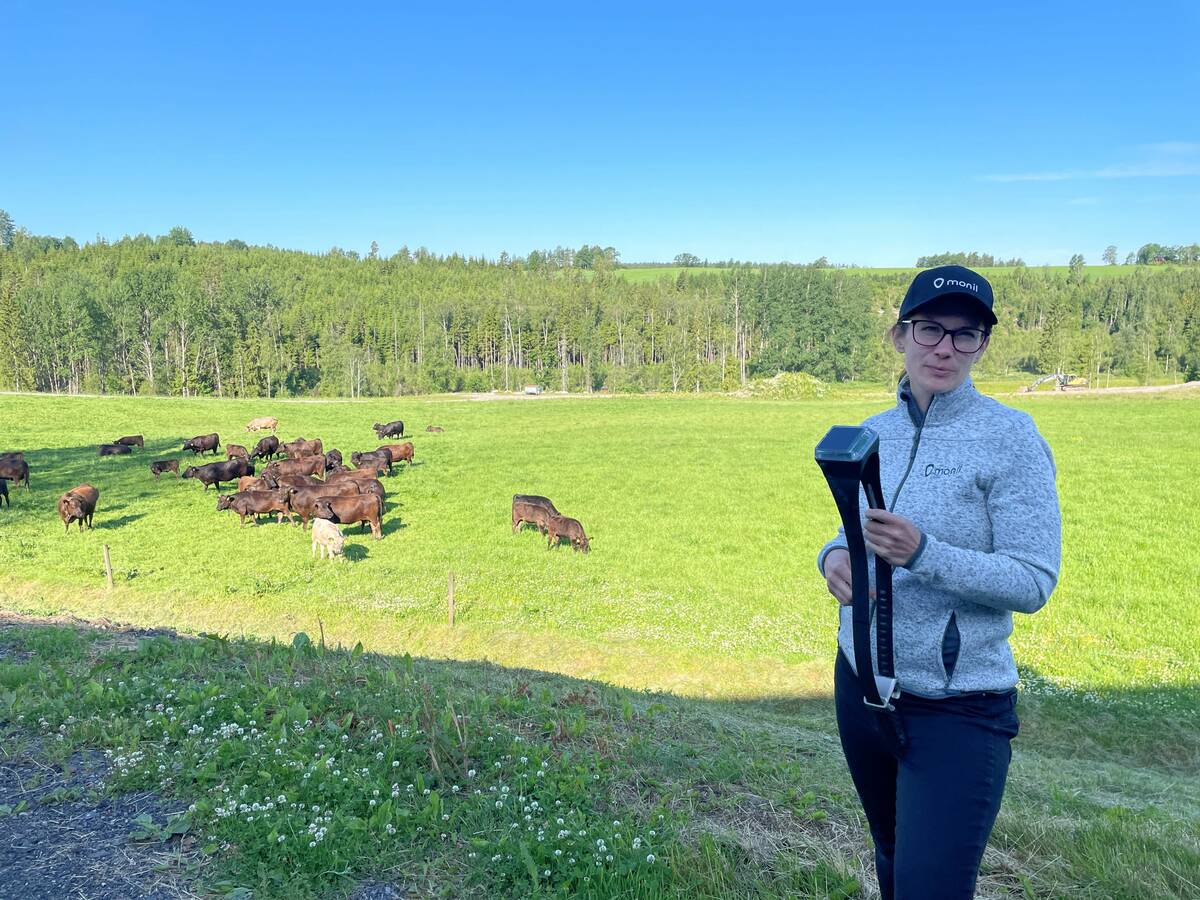
If the animal keeps going, it receives a brief electric pulse — but farm assistant Andreas Pelle said that doesn’t happen often.
“The cows learn very quickly,” Pelle explained. “We find they eat one-third of the grass, trample one-third, and leave one-third for regrowth before we move them. We couldn’t manage this grazing system by hand — the collars help us use the grassland better.”
Each solar-powered collar costs about 250 Euros (C$405) plus a €50 (C$81) annual subscription fee. Collars are removed over the winter when animals move inside.
In only its second year on the market, Monil has approximately 15,000 collars now in use across Norway and the United Kingdom, with interest growing from North American farmers.
“In Iowa, farmers are using it to clean up fields after harvest with shift grazing,” said Leah Plotz of Monil. “In Canada, we see potential for the same thing — and also for grazing areas that are just too hard to fence.”
Nofence was the world’s first virtual fencing company, founded in Norway in 2011. The company started with goat and sheep collars before adding cattle in 2020. It now has about 150,000 collars in use across Europe and North America, including on Rustad Farm north of Oslo owned by the Westby family, which has been using the system for three and a half years.
“We use Nofence to graze forested hillsides and steep terrain that would be impossible to fence,” said Oda Westby, who also works for the company as a field marketing specialist. “Our values are that the animal has options. If you make the pasture big enough, they do their own rotation.”
Nofence collars hang like a traditional bell under the neck, with solar panels on each side. They pair with an animal’s ear tag in the app, which lets farmers draw virtual pastures or create exclusion zones around things like cabins or streams. Cattle collars cost about €339 (C$550) each with sheep and goat collars at approximately €229 (C$371), including a one-year subscription.
Other virtual fencing systems are entering the market as well, including Gallagher’s eShepherd (launched in Canada last year), Merck Animal Health’s Vence, Halter from New Zealand and Pappstor from Spain.
To date, farmers and researchers in western Canada are working with eShepherd, Vence and Nofence to evaluate suitability for prairie grazing conditions.

